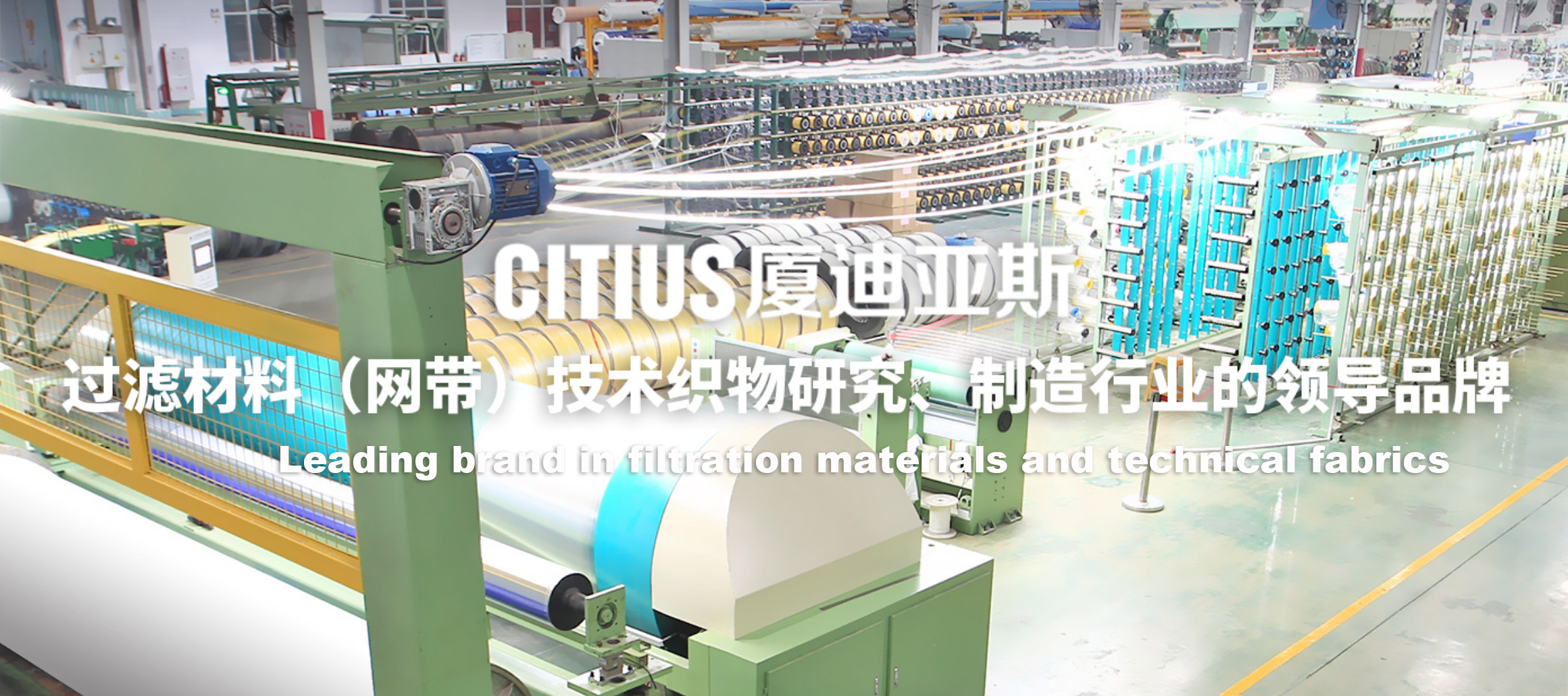






Industrial filter cloth, filter mesh usage - vertical filter press - zinc propylene bisdithiocarbamate
Share to
Detailed Description
- Industrial filter cloth and filter mesh usage - Vertical filter press - Zinc thiuram, an intermediate of pesticide
Xiamen Citius (Xiamen Citius) Filter cloth application case studies:
Filter type: Vertical filter press
Application industry: Pesticide
Material description: Zinc thiuram, an intermediate of pesticide
Filter cloth model: 8-10 micron polypropylene multifilament with interception accuracy
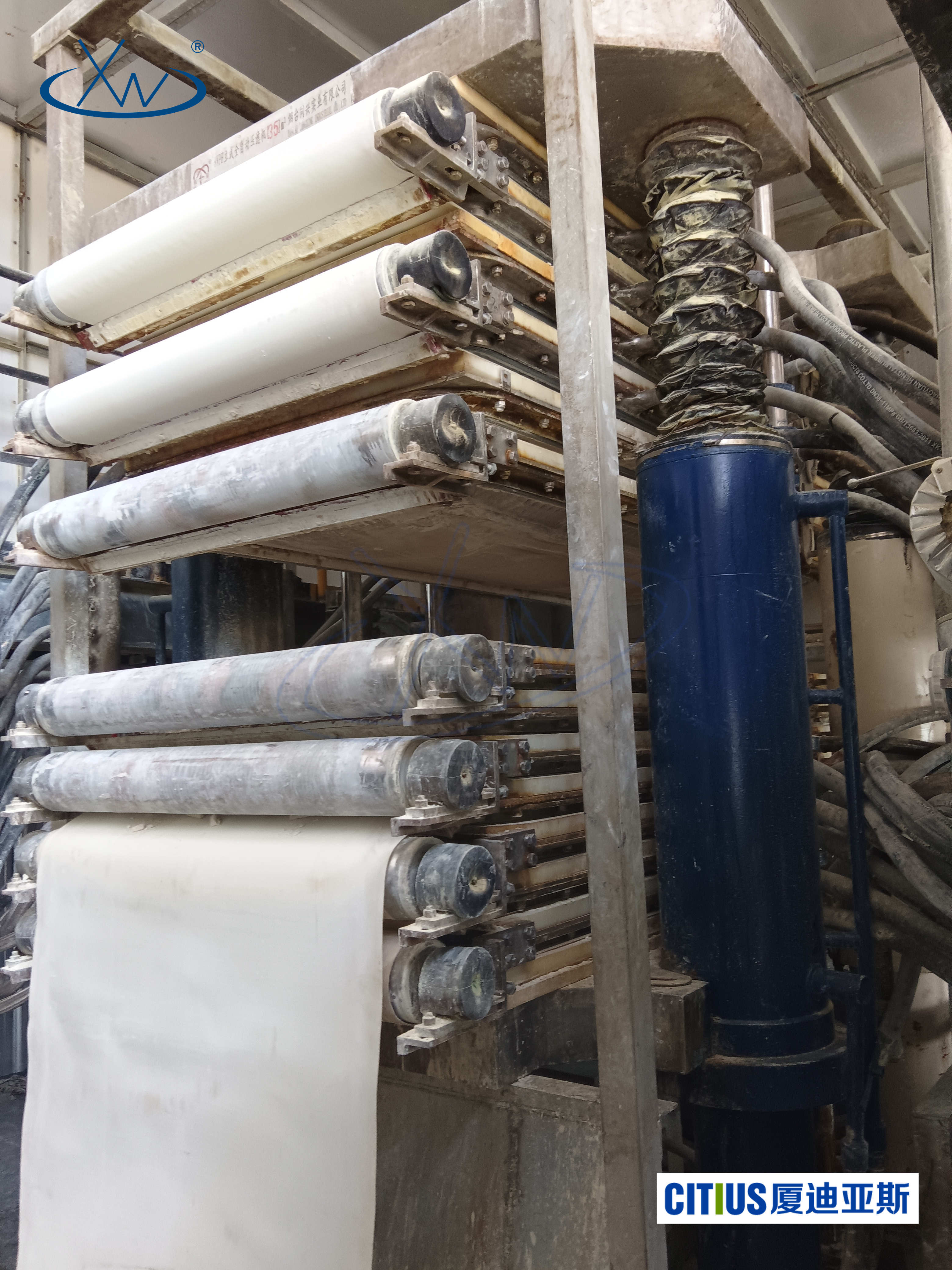
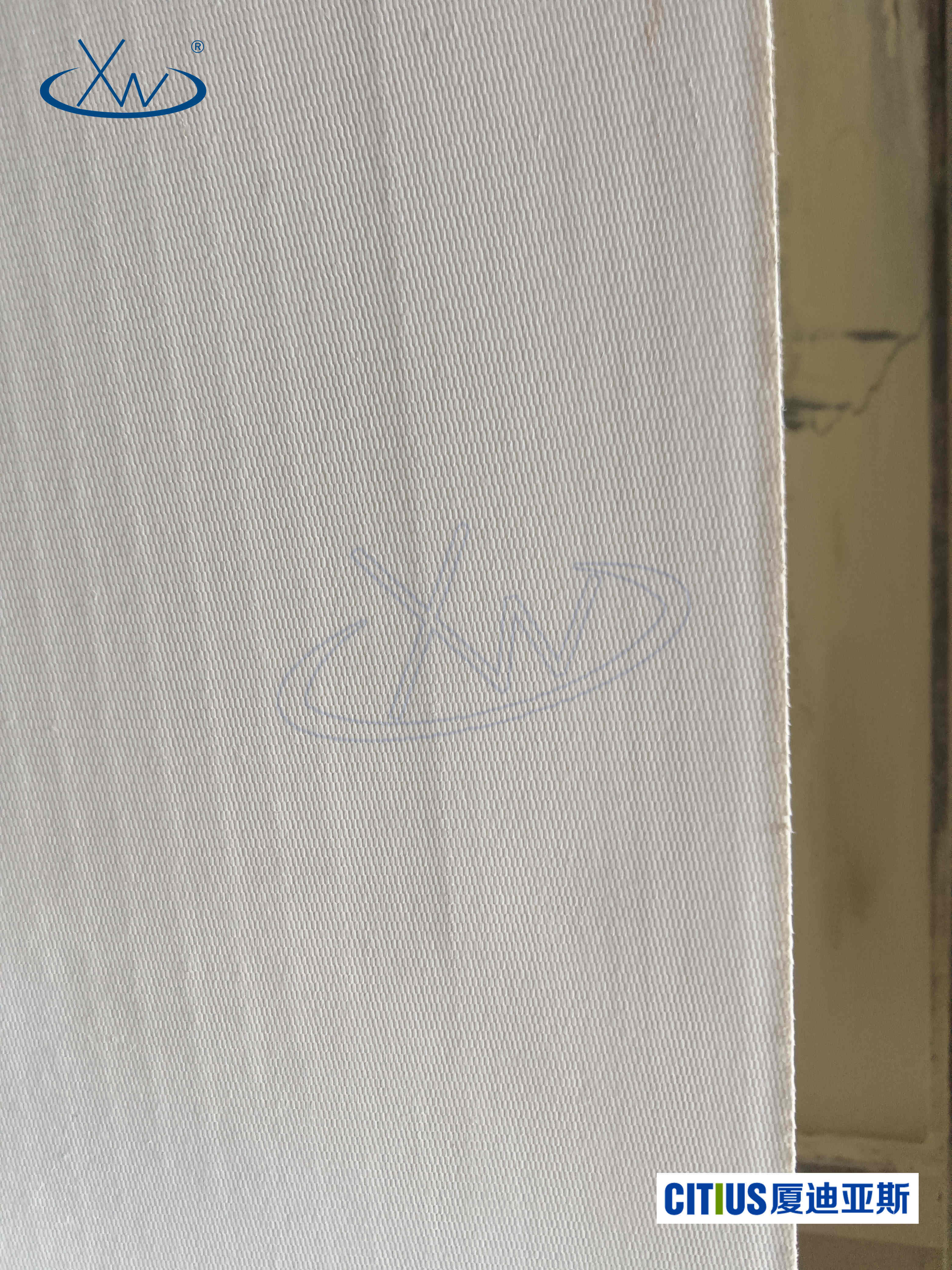

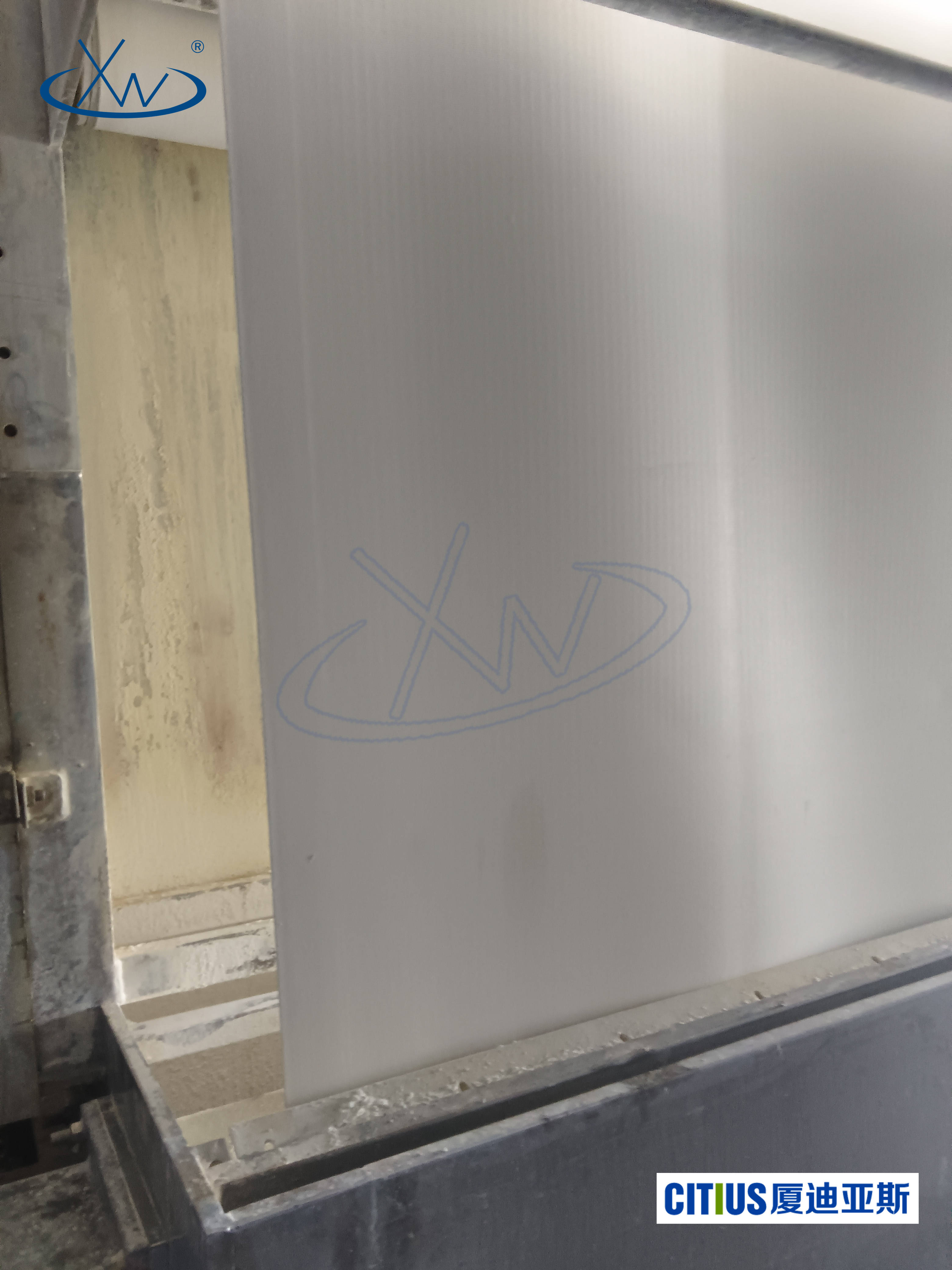

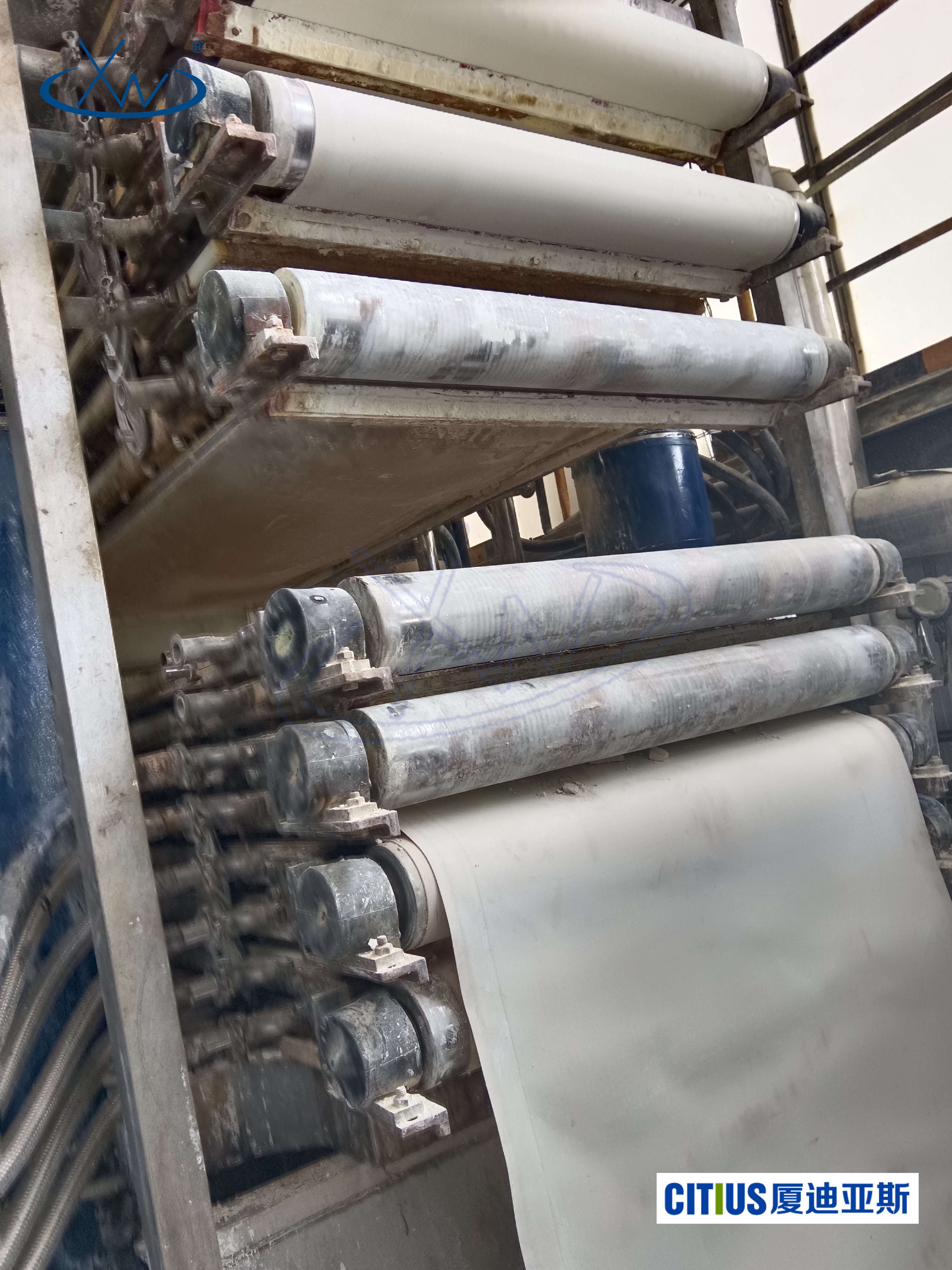

Exploration of industrial filter cloth application in zinc thiuram production
——8–10 High-efficiency synergy between micron interception accuracy polypropylene multifilament filter cloth and vertical filter press
In the production process of pesticide intermediates, Efficient and stable solid-liquid separation technology is not only related to product purity and recovery rate, but also to the energy efficiency and environmental compliance of the entire production system. Zinc thiuram, as an important intermediate of dithiocarbamate fungicides, has a complex solid-liquid separation process in its synthesis process, a heavy filtration load, and puts stringent requirements on the selection of filtration media.
With the new generation of vertical filter press widely used in the fine chemical industry, matching high-precision, chemically resistant industrial filter cloth has become a key link in improving process efficiency. In particular, using interception accuracy in 8–10 microns of polypropylene multifilament filter cloth has shown excellent performance in zinc thiuram production due to its excellent physical properties and chemical stability.
This article will focus on this core configuration, systematically analyzing the key role of industrial filter cloth in zinc thiuram solid-liquid separation from multiple dimensions, including process requirements, filter cloth selection, and actual application effects.
I. Process background: Filtration difficulties of zinc thiuram
Zinc thiuram ( Zineb ) is a broad-spectrum fungicide intermediate. Its synthesis process usually involves the following steps:
- Synthesis reaction :Propylene amine, carbon disulfide and alkaline solution generate intermediate product sodium thiuram under controlled temperature conditions;
- Precipitation reaction :Adding zinc salt to form fine insoluble zinc thiuram crystals;
- Solid-liquid separation :Filtering the slurry to obtain wet zinc thiuram filter cake;
- Washing and impurity removal :Cleaning the filter cake to remove residual impurities and ions in the mother liquor;
- Drying and packaging :Drying to the qualified moisture content and then packaging the finished product.
In this process, the precipitated crystals have small particle size, polydispersity, and certain colloidal properties If traditional filter cloth or ordinary filter press equipment is used, filter cloth blockage, turbid filtrate, high filter cake moisture content, and incomplete washing are easily caused, which directly affects product quality.
Therefore, the selection of filtration media with moderate accuracy, high throughput, and strong alkali resistance has become a key point in improving separation quality.
II. Vertical filter press: Equipment advantages designed for fine solid systems
Compared with traditional plate and frame filter presses, vertical filter presses have a series of targeted advantages, especially suitable for zinc thiuram, which is a " fine particle size + moderate viscosity ” solid-liquid separation scenario:
- Gravity accumulation from the bottom + Layer-by-layer pressing and filtration The filter cake structure is compact and dehydration is thorough;
- Fully enclosed operation system reduces harmful gas leakage and ensures operational safety;
- Automatic cleaning and backwashing system between filter cloths improves the continuous operation capacity of the equipment;
- Small footprint and high degree of automation suitable for medium and large-scale fine chemical enterprises.
However, whether the vertical filter press can truly release its performance also depends on a highly matched filter cloth.
III. Filter cloth selection points: 8–10 Micron interception, performance advantages of polypropylene multifilament
According to the material characteristics and equipment operating conditions of zinc thiuram, the interception accuracy is controlled at 8–10 microns of polypropylene multifilament filter cloth shows strong advantages in several key aspects:
1. Precise interception of crystal particles
The target particle size of zinc thiuram finished product is mostly concentrated in 10 microns, using 8–10μm Grade polypropylene multifilament filter cloth It can efficiently intercept the vast majority of target products, ensuring:
- The filtrate is clear and free of turbidity;
- Product loss is minimized;
- Downstream processes such as washing and drying are more efficient.
2. Polypropylene material has strong corrosion resistance
The propylene zinc synthesis solution is often accompanied by alkaline residual liquid ( NaOH ) and active sulfides (such as CS ₂ ), polypropylene material has good alkali resistance and organic solvent resistance effectively preventing the filter cloth from becoming brittle or degrading in performance under long-term contact.
3. Multifilament structure improves flux and backwashing performance
The surface of polypropylene multifilament fabric is smooth, not easy to scale, and the pores are uniform, balancing filtration efficiency and water permeability:
- Rapid filter cake formation;
- Uniform filter cake thickness, facilitating subsequent washing;
- Supports high-pressure water backwashing, the filter cloth can be regenerated multiple times, extending the service life.
4. Customizable process, strong adaptability
Xiamen Xiadias (Xiamen Citius) and other leading manufacturers have developed various specifications of multifilament filter cloths, which can be customized according to the size of the vertical filter press, feed concentration, and filter cake thickness requirements:
- Custom sewing, edging, heat sealing, and punching processing ;
- With guide belts, anti-deviation reinforcing strips, and reinforced edges to improve the stability of equipment operation.
IV. Application Case: Efficiency Leap of Propylene Zinc Production Line
A large pesticide intermediate enterprise in East China originally used ordinary filter cloth + plate and frame filter press, with the following problems:
Project
|
Before Modification
|
After Modification (Vertical Filter Press + Polypropylene Multifilament Filter Cloth)
|
|---|---|---|
Filtrate Turbidity
|
> 500 NTU |
< 100 NTU |
Filter Cake Moisture Content
|
40% |
28% |
Filter Cloth Lifespan
|
10–12 days
|
45 days and above
|
Single Batch Filtration Time
|
60 minutes
|
38 minutes
|
Product Recovery Rate
|
91.5% |
95.8% |
After changing the filtration scheme, the enterprise not only significantly improved its production efficiency but also significantly reduced the waste of raw materials caused by product loss, saving more than 50 ten thousand yuan annually.
V. Future Trends: Integrated Filter Cloth and Equipment, Promoting Green Manufacturing
With the development of green chemistry and intelligent manufacturing, the role of industrial filter cloth in intermediate production is changing from " auxiliary material ” to " core process component ” The future technology evolution trends include:
- Composite functional filter cloth integrating high-precision filtration, temperature resistance, corrosion resistance, and self-cleaning;
- Modular filter cloth unit adaptable to automatic loading and unloading, quick replacement, improving workshop automation;
- Intelligent monitoring system judging its lifespan and replacement time through filter cloth load and permeation;
- Environmental material substitution exploring biodegradable or recyclable polymer materials to contribute to " dual carbon goals ”。
VI. Conclusion
For high-value-added pesticide intermediates such as propylene zinc, every optimization of the filtration process is a leap in quality and a breakthrough in cost Using 8–10 micrometer retention polypropylene multifilament filter cloth, combined with a vertical filter press system, not only solves the problems of filtration efficiency and filtrate cleanliness but also brings the enterprise a stable and controllable production process.
Xiamen Xiadias (Xiamen Citius) Industrial filtration solution providers are, through continuous research and development and practice, integrating " materials science ” and " process technology ” deeply, helping China's chemical manufacturing move towards a greener and more efficient new era.
For samples, solutions, or case support, please contact Xiadias (Xiamen Citius) technical engineering team:
- 📧 Email: wyl@citius-filter.com
- 📞 WhatsApp: +86-13950107241
- 🌐 Official Website: www.citius-filter.com
